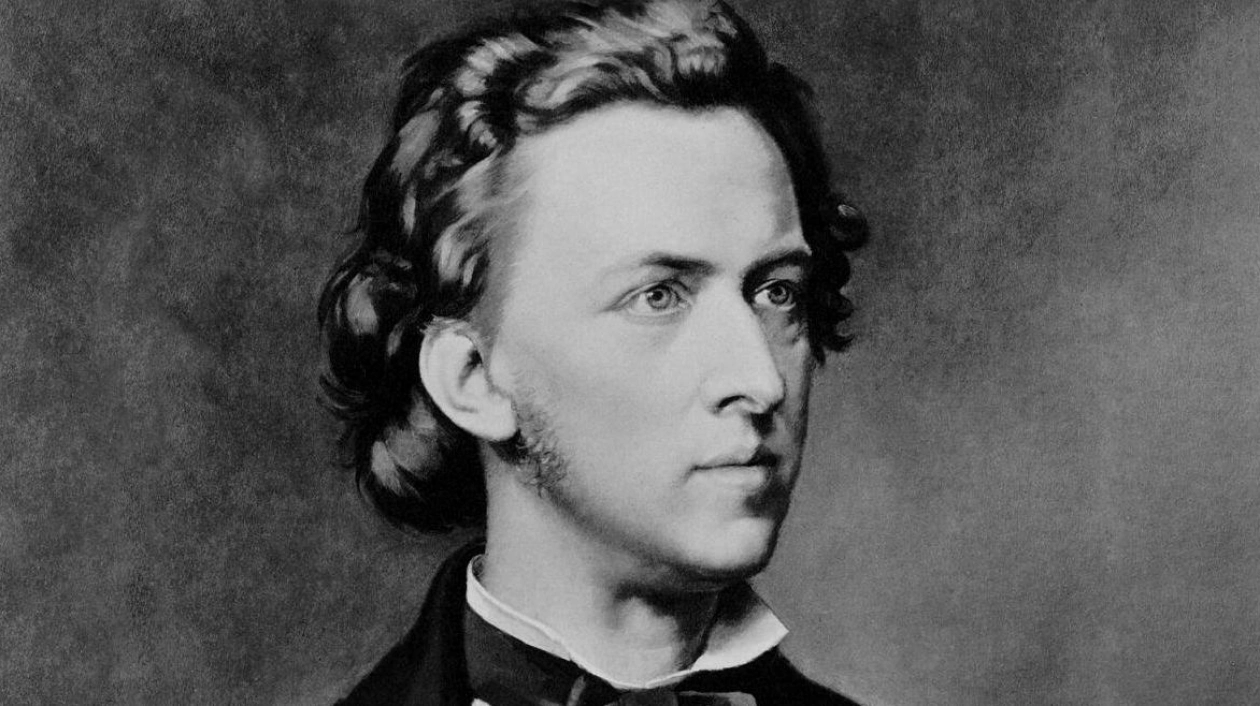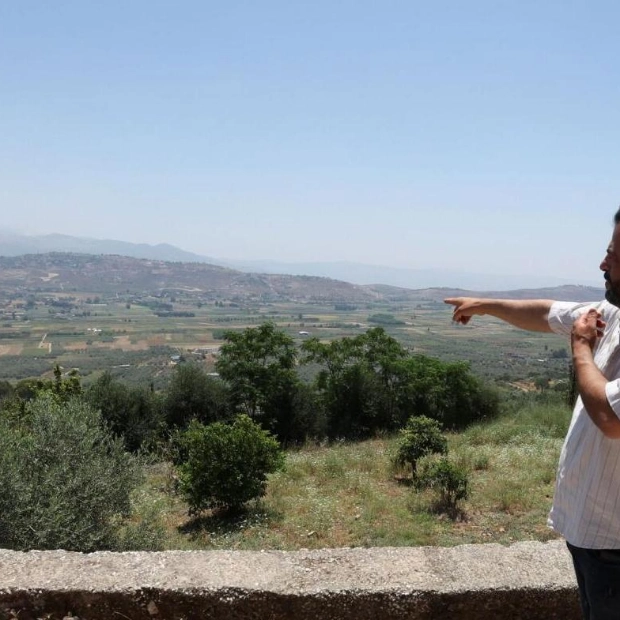Curator Robinson McClellan was meticulously examining a collection of cultural artifacts in the vault of the Morgan Library and Museum in Manhattan when he stumbled upon a small, pockmarked manuscript. In the top right corner, a familiar handwritten name caught his eye: Chopin. “I was puzzled, thinking, ‘What’s going on here? What could this be?’ I didn’t recognize the music,” McClellan recounted to the New York Times. Seeking confirmation, he reached out to Jeffrey Kallberg, a prominent Chopin scholar at the University of Pennsylvania.
“My jaw dropped,” Kallberg admitted to the paper. “I knew I had never seen this before.” After a thorough investigation into the paper, ink, handwriting, and musical style—noting, for instance, the typical Chopin penmanship and doodling—the Morgan Museum has confirmed that the piece is an unknown waltz by the renowned Polish composer. “We have total confidence in our conclusion,” McClellan stated about the groundbreaking discovery, the first of its kind in over fifty years, despite the classical music world’s usual skepticism towards newly discovered masterpieces.
The rare manuscript is dated between 1830 and 1835, a period when Chopin was in his early 20s. Renowned pianist Lang Lang, who recently recorded the waltz for the New York Times at Steinway Hall in Manhattan, described the piece as “authentic Chopin,” highlighting that the jarring opening captures the harsh winters of the Polish countryside. “This isn’t the most complex music by Chopin,” Lang Lang noted, “but it embodies one of the most authentic Chopin styles you can imagine.” Chopin, primarily known for his piano solos, passed away at the age of 39 in France in 1849.
Source link: https://www.euronews.com






